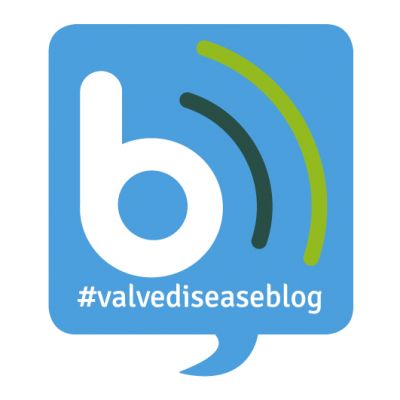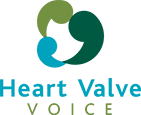
Community Detection
Friday 1st November 2019
In my previous blog I discussed the challenging inequalities in access to echo, explaining how diversifying who is carrying out examinations and where they are carried out will be key to improving patient pathways and reducing inequalities.
Community detection is entrenched in this challenge and will form an integral part of improving patient pathways. We must extend our reach by getting out into communities and entrusting more people to carry out checks, whilst also ensuring that clinicians and the public are better educated in the signs and symptoms of heart valve disease in order to improve recognition.
The strain on echo departments is severe, and with an ageing population the volume of patients presenting with heart valve disease is only set to increase. Too many patients present at A&E with previously undetected valve disease despite frequent appearances in primary points of care. By this time the risk of the valve disease reaching a severe level has increased and the impending costs of treatment has risen substantially. Therefore, we need to improve practices at primary points of contact.
We believe that part of this strain can be alleviated by working with primary care General Practitioners, Community Nurses and Pharmacists to improve detection and recognition of the signs and symptom of heart valve disease. The WHO recognises that community pharmacists are the most accessible healthcare professionals to the general public, with people regularly visiting pharmacies for health information and advice, providing an important access point for detection of heart valve disease.
We’d love to see more GPs, nurses and pharmacists listening to hearts when patients present with symptoms closely associated with heart valve disease. We then want them referring patients down the right channels so we can ensure optimisation of patient pathways.
Heart Valve Voice is currently working on a project providing clear data on the potential savings of targeted screening programmes in community pharmacies. It is still in its early stages, but community practitioners will be using Smart devices for a fingertip ECG (Echocardiogram) and then perform hand held echos in local pharmacies. Initial results describe savings as “significant”, as well as improvements in referral times and patient pathways. The pilot launched in July, expansion s already being considered and I am very keen to see how it develops over the coming months.
As well as being able to improve detection, pharmacies can lead the way in educating people to recognise symptoms. Take the NHS England’s ‘Stay Well This Winter’ campaign, where materials, including posters and leaflets, have been distributed as part of the Community Pharmacy Framework to target at-risk groups and deliver information about potential health issues exacerbated by the winter. This campaign presents a framework of how to utilise these points of contact to help people recognise symptoms and manage their own health better. In the NHS 10 Year Plan, the individual’s management of their own health is a key contributor to the fight against disease. However, with valve disease you can’t prevent it, so it is not enough for us to be encouraging people to live better, we need to be giving them the information to improve recognition of signs and symptoms. Pharmacies can help us detect but also help to get the information to the right groups about recognising symptoms better.
The role of the pharmacist is clearly expanding into a health management, health improvement, health education and disease prevention. We’re pleased that our Gold Standard of Care is helping to shape this evolution in community detection when it comes to heart valve disease.
We have the data for those most at risk of heart valve disease, we know primary points of contact for these patients, what we need to ensure is that those who present at key points with the signs and symptoms, and fall into our target demographic, are having their hearts listened to. Once we make this initial contact, then we can set plans for each patient for further checks or treatments and ultimately treat them in the cheapest way possible. Check out Malcolm’s story here for an excellent example of detection, treatment and experience in an optimal pathway, illustrating the is the most cost-effective course of treatment.
These processes and systems will be a focal point of our challenge in improving community detection, but fundamentally community detection involves the wider community as well as the clinical community. We live in a diverse country and the breadth and range of communities that live here is what makes this country so fantastic. Making sure we at Heart Valve Voice, as a group of voices, represent those communities is incredibly important to us and our future work.
If we can educate all our communities, then we can detect these signs and symptoms in our family members, friends, neighbours, colleagues or any of the other people we meet. Together, we can help each other to live better and longer.
